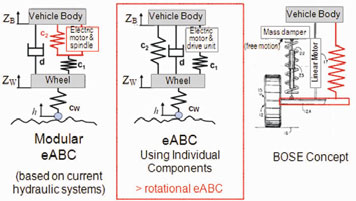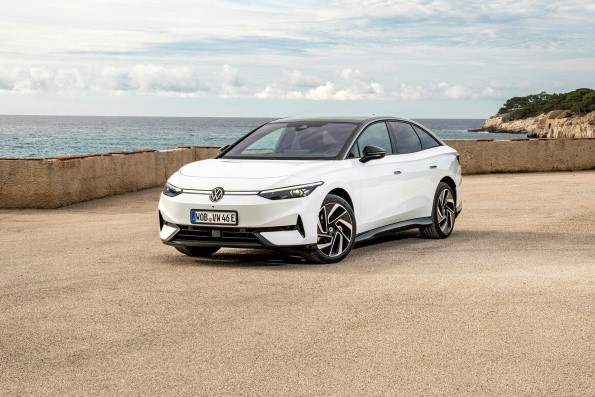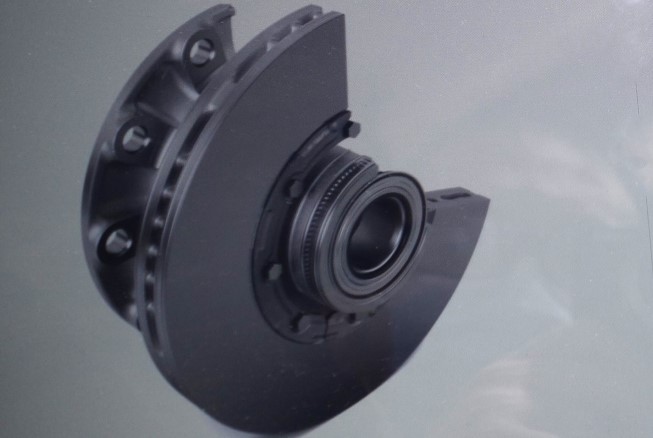
Donkervoort has redefined driving purity by doubling the F22’s torsional and bending rigidity (compared to the outgoing D8 GTO Individual Series), thanks to a hybrid chassis construction of thin-wall steel tube and Ex-Core carbon-fibre chassis construction.
The F22 also integrates the ultra-strong Ex-Core sandwich-construction, carbon-fibre segments with tube-steel sections in a hybrid chassis construction.
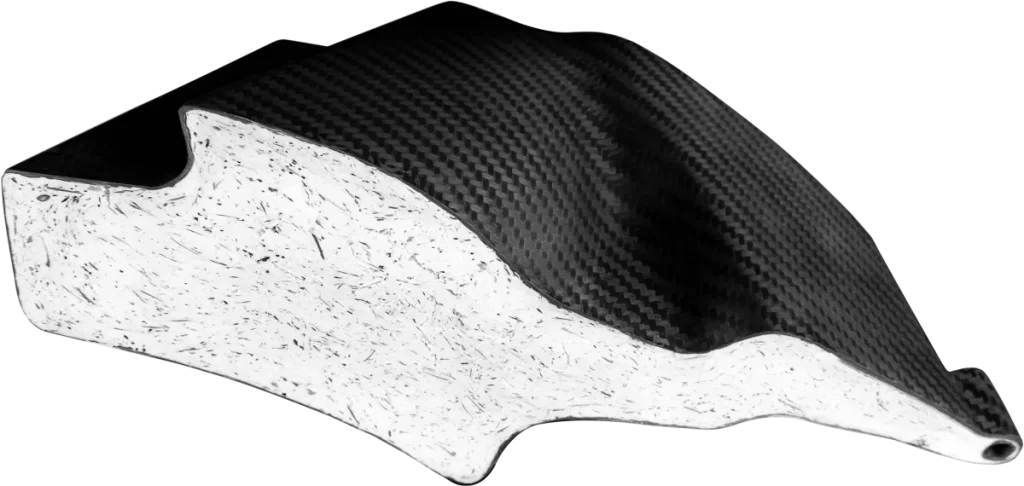
Ex-Core is a Donkervoort innovation that has been spun off into its own stand-alone company, and it is used by everything for Formula One, other hypercar brands and even ocean-racing yachts.
Ex-Core can even create zero-radius creases in carbon-fibre by lining the inside of carbon fibre sheets with a foam that expands with heat, so it pushes the carbon fibre layers out into the corners of the mould. The foam then solidifies, remaining inside the carbon-fibre parts to add strength and durability while reducing vibrations.
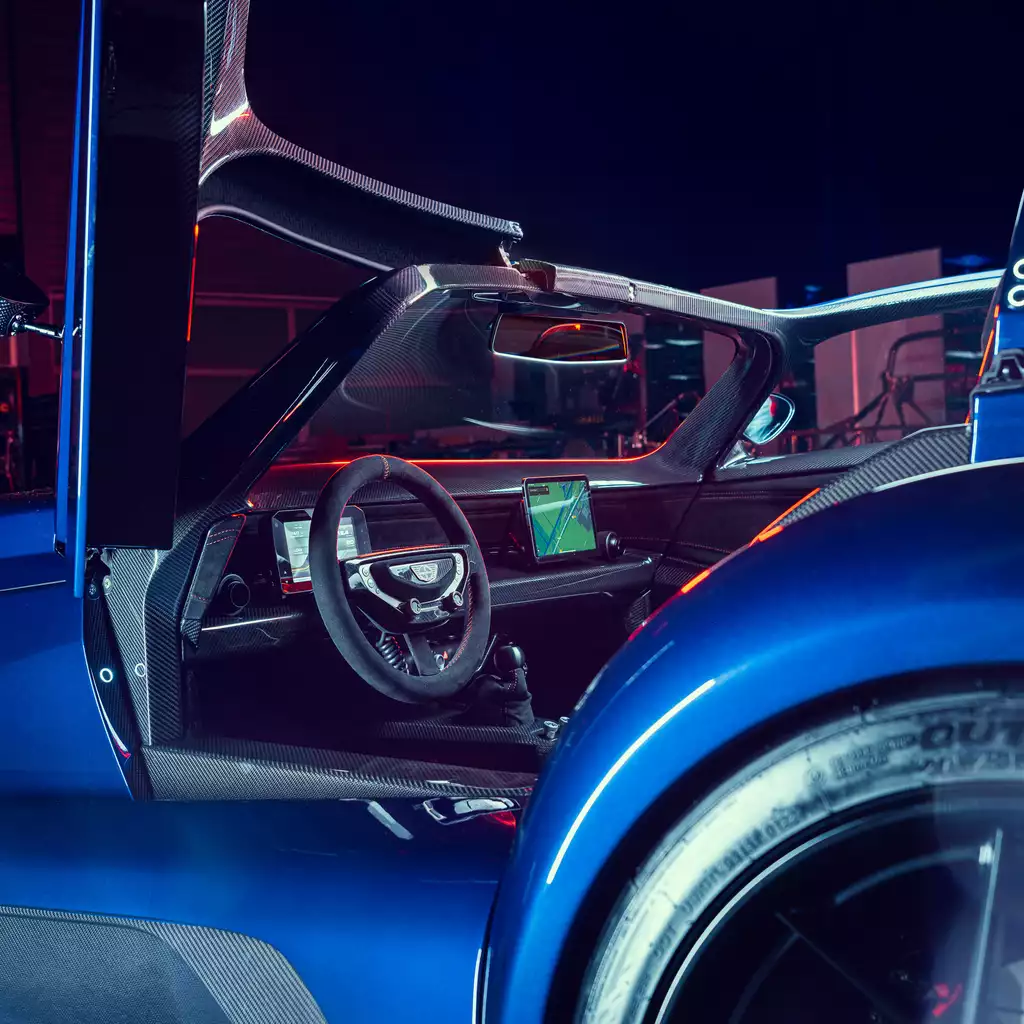
There is far more rake on the windscreen, with its Ex-Core carbon-fibre frame, than on any previous Donkervoort. It is integrated deeply into the chassis for added strength and visual cohesion.
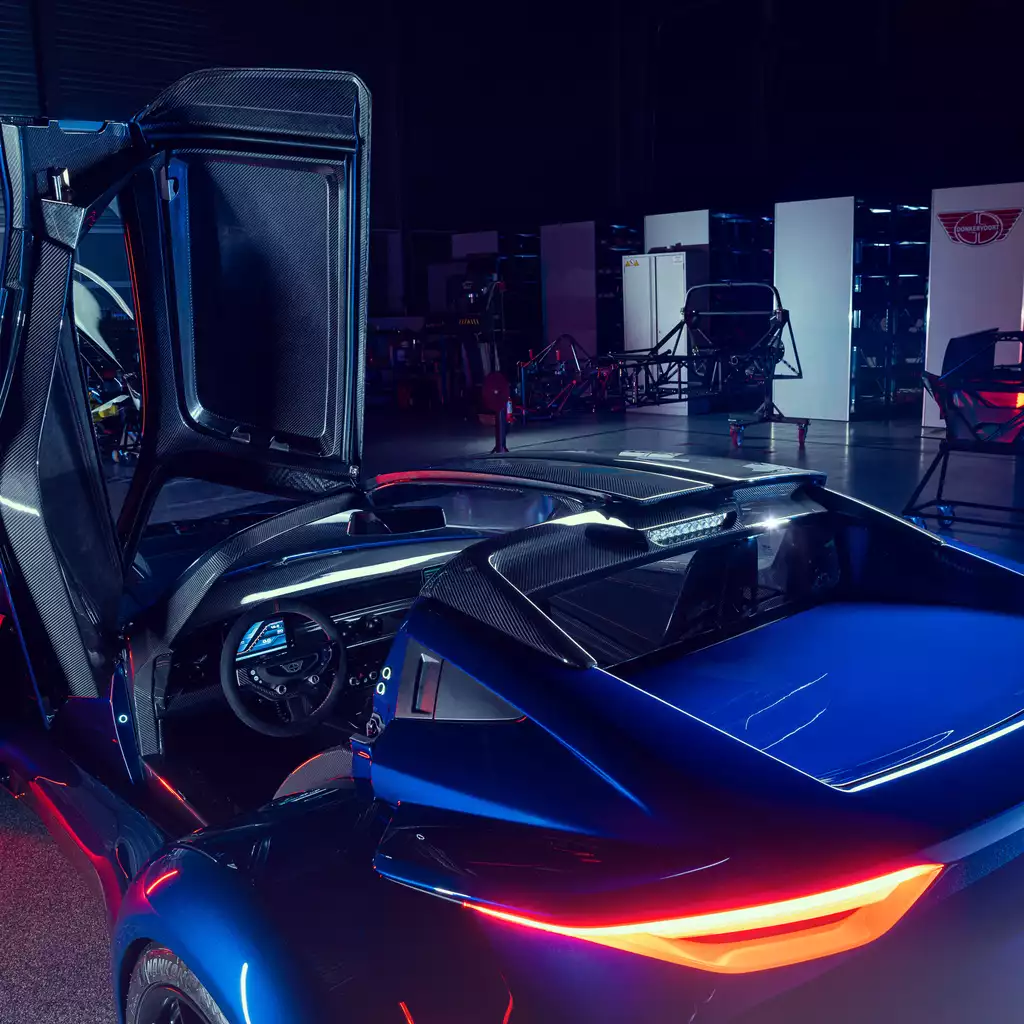
Some of the highlights of the design include a new three-piece Twin Targa carbon-fibre removable roof, the retention of an open-wheel layout and a more spacious, comfortable interior.
The chassis is a hybrid of tubular steel and a generous serving of Donkervoort’s renowned carbon-fibre abilities, including the liberal use of the breakthrough Ex-Core carbon sandwich system.

